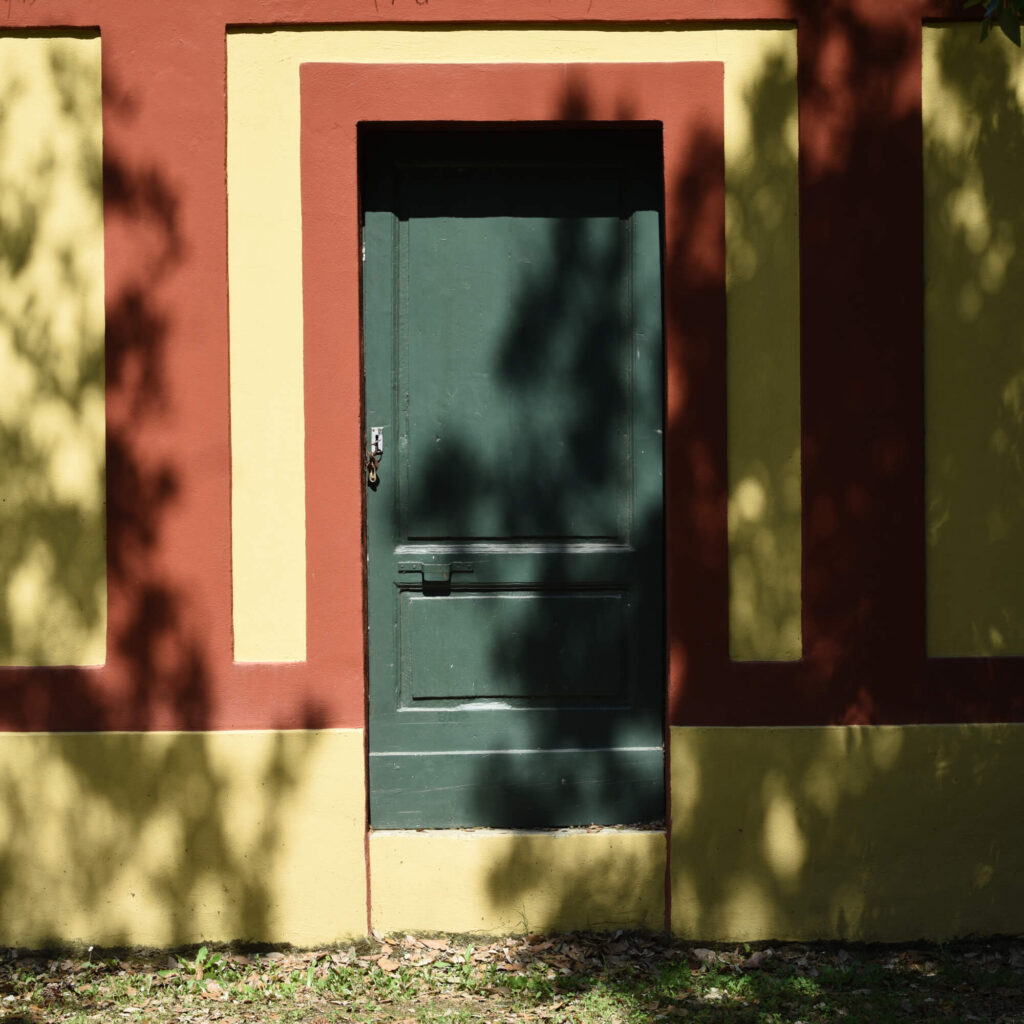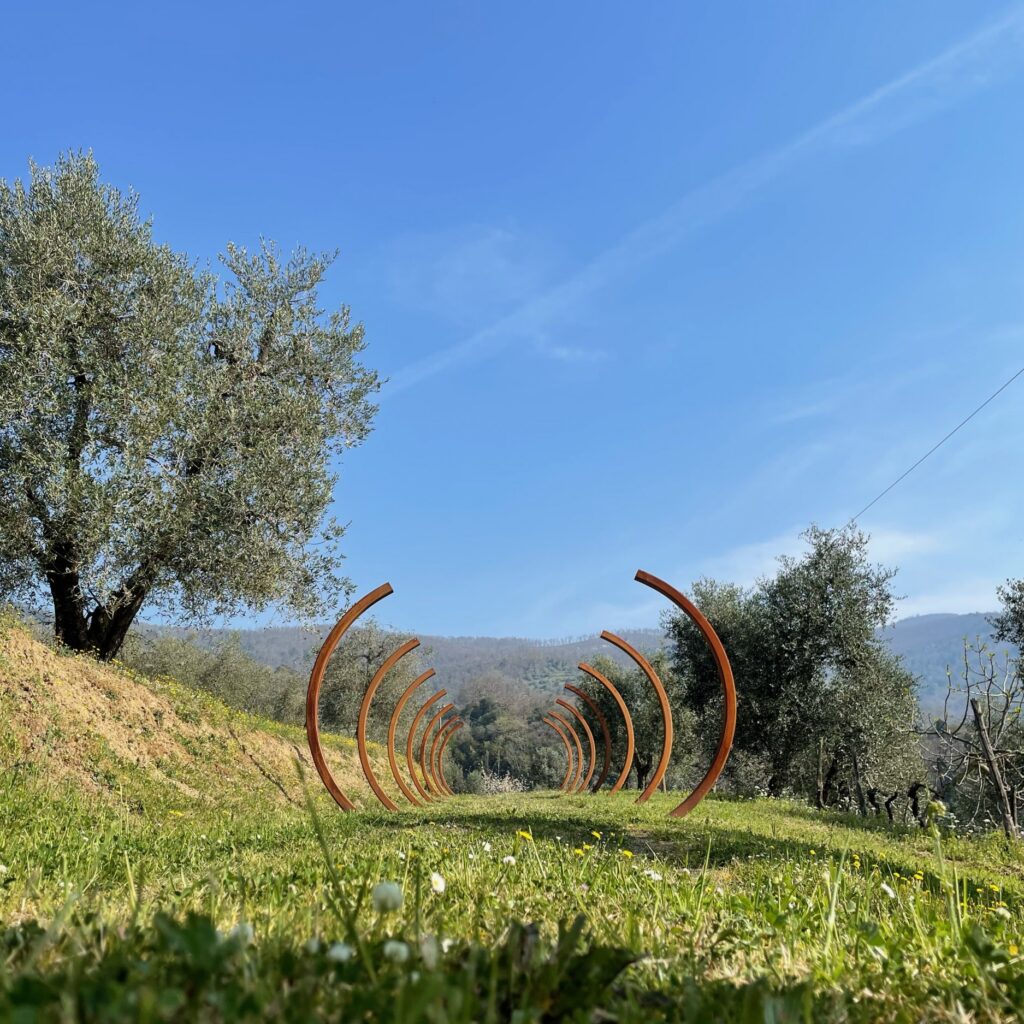Celle over time
The Villa of Celle is a beautiful country residence that has undergone several transformations over the centuries and has seen numerous owners. Among the most important families, the Fabroni family, who resided in Celle from the 15th century until the 18th century, must certainly be mentioned.
Atto Fabroni was the first owner of the residence, thanks to him the building was transformed into a country villa. Later, another decisive figure was Cardinal Carlo Agostino Fabroni (1651-1727), founder of the prestigious Fabroniana Library in Pistoia. He was responsible for the major extensions to the villa, the Italian-style gardens in front of it and the aristocratic chapel behind it. On the façade of the chapel, one can still see the coat of arms of the noble Fabroni family with the characteristic tralice band with the three hammers, surmounted by the cardinal’s hat.
In the 19th century, Celle was marked by the presence of Piedmontese Count Damiano Caselli. In fact, he was responsible for the creation of the romantic park, which extends over about 20 hectares. A work he dedicated himself to since the 1930s for more than 20 years. Avenues were widened, an ice house, an Egyptian monument, a tea house, a Chinese pond and different varieties of plants were planted. The architect Giovanni Gambini worked on the construction of the park. He was responsible, among other things, for the large lake with a small island in the middle and the waterfalls, which were inaugurated in 1845.

From Historical Legacy to the Revolution of Environmental Art
At the end of the 19th century, the property was purchased by Giuseppe Matteini who dedicated himself to the care of this place, restoring many artefacts, rebuilding the lemon house and enlarging the farm. The Michelucci foundry commissioned the iron gates and built a building to house a bowling alley.
In 1929, Celle passed to Tammaro De Marinis (1878-1969), one of Italy’s most important bibliophiles and humanist. Celle became a centre of culture and was frequented by personalities such as Luigi Einaudi, Bernard Berenson and Benedetto Croce.
Since 1970, the history of Celle has been inextricably linked to the environmental art conceived and strongly desired by the collector Giuliano Gori(1930-2024) his wife Pina and his 4 children.
The spaces were immediately renewed with Giuliano’s historical collection and later revitalised with the birth of the environmental collection. Until today, Celle has been an open laboratory where ideas have been realised in initiatives dedicated to all contemporary arts with no limitations on creativity. In fact, for more than 40 years, all contemporary artistic disciplines have been expressed in Celle, from dance to theatre, music and poetry. The latter then following the installation of the Poets’ Greenhouse (by Sandro Veronesi and Andrea Mati) in 2018 gave rise to a biennial poetry prize entitled “Celle art and nature”.





